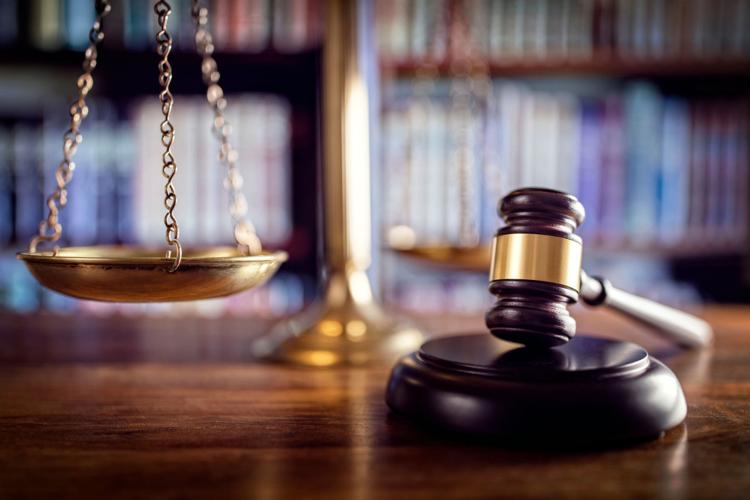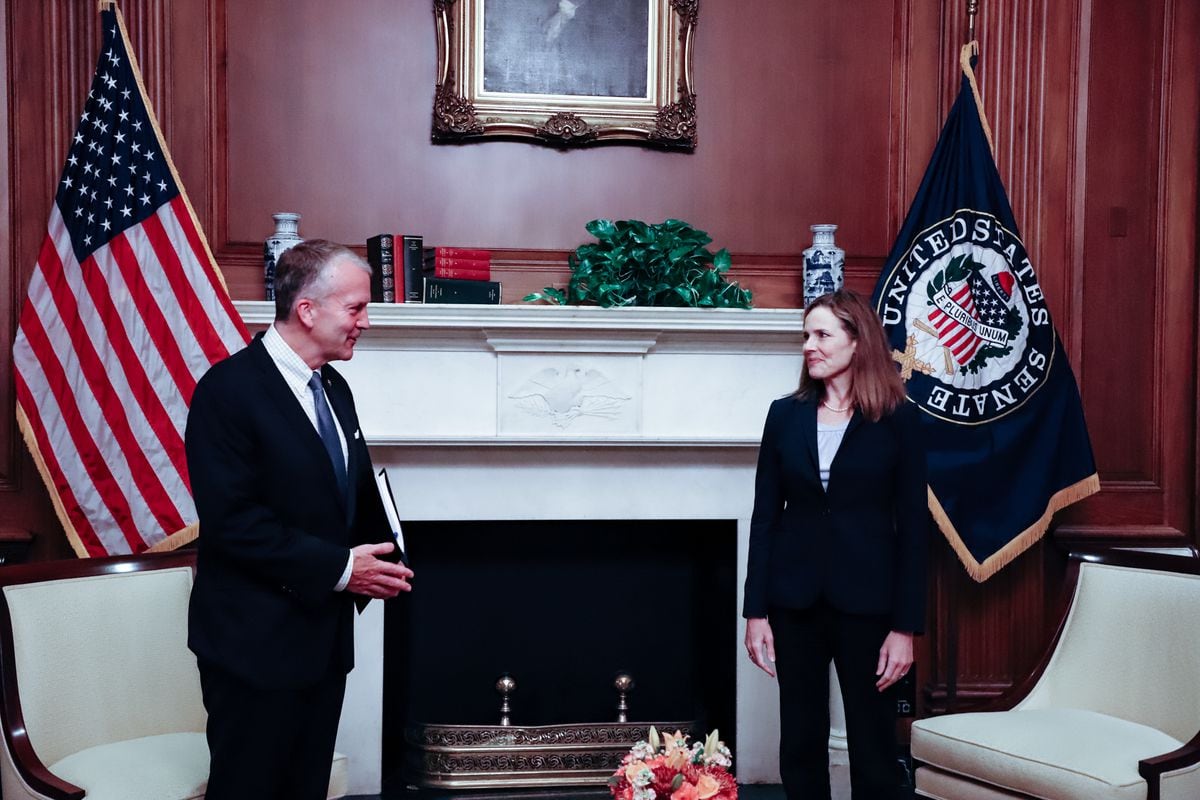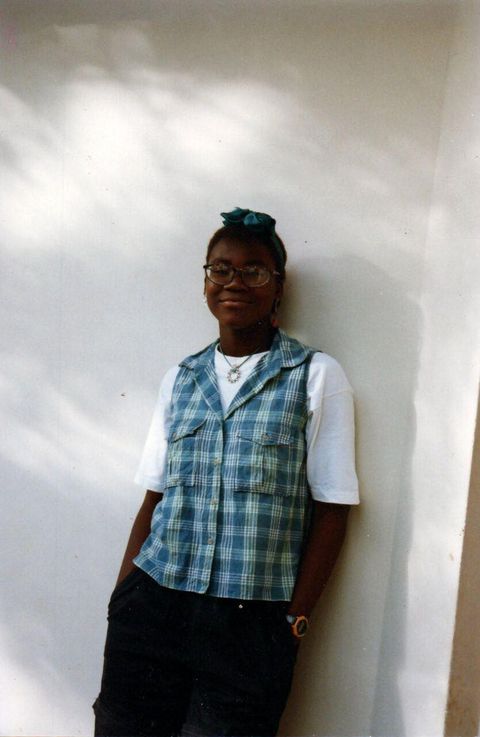The Legacy of Native American Schools
U.S. and Canadian authorities took Native children from their homes and tried to school, and sometimes beat, the Indian out them. Now Native Americans are fighting the theft of language, of culture, and of childhood itself.
By Andrea Smith (2015 reblog)
A little while ago, I was supposed to attend a Halloween party. I decided to dress as a nun because nuns were the scariest things I ever saw,” says Willetta Dolphus, 54, a Cheyenne River Lakota. The source of her fear, still vivid decades later, was her childhood experience at American Indian boarding schools in South Dakota.
 |
|
Boys pray before bedtime with Father Keyes, St.
Mary’s Mission School, Omak. © Northwest Museum of Arts &
Culture/Eastern Washington State Historical Society, Spokane, WA
|
Dolphus is one of more than 100,000 Native Americans forced by the U.S. government to attend Christian schools. The system, which began with President Ulysses Grant’s 1869 “Peace Policy,” continued well into the 20th century. Church officials, missionaries, and local authorities took children as young as five from their parents and shipped them off to Christian boarding schools; they forced others to enroll in Christian day schools on reservations. Those sent to boarding school were separated from their families for most of the year, sometimes without a single family visit. Parents caught trying to hide their children lost food rations.
Virtually imprisoned in the schools, children experienced a devastating litany of abuses, from forced assimilation and grueling labor to widespread sexual and physical abuse. Scholars and activists have only begun to analyze what Joseph Gone (Gros Ventre), a psychology professor at the University of Michigan, Ann Arbor, calls “the cumulative effects of these historical experiences across gender and generation upon tribal communities today.”
“Native America knows all too well the reality of the boarding schools,” writes Native American Bar Association President Richard Monette, who attended a North Dakota boarding school, “where recent generations learned the fine art of standing in line single-file for hours without moving a hair, as a lesson in discipline; where our best and brightest earned graduation certificates for homemaking and masonry; where the sharp rules of immaculate living were instilled through blistered hands and knees on the floor with scouring toothbrushes; where mouths were scrubbed with lye and chlorine solutions for uttering Native words.”
Sammy Toineeta (Lakota) helped found the national Boarding School Healing Project to document such abuses. “Human rights activists must talk about the issue of boarding schools,” says Toineeta. “It is one of the grossest human rights violations because it targeted children and was the tool for perpetrating cultural genocide. To ignore this issue would be to ignore the human rights of indigenous peoples, not only in the U.S., but around the world.”
The schools were part of Euro-America’s drive to solve the “Indian problem” and end Native control of their lands. While some colonizers advocated outright physical extermination, Captain Richard H. Pratt thought it wiser to “Kill the Indian and save the man.” In 1879 Pratt, an army veteran of the Indian wars, opened the first federally sanctioned boarding school: the Carlisle Industrial Training School, in Carlisle, Penn.
“Transfer the savage-born infant to the surroundings of civilization, and he will grow to possess a civilized language and habit,” said Pratt. He modeled Carlisle on a prison school he had developed for a group of 72 Indian prisoners of war at Florida’s Fort Marion prison. His philosophy was to “elevate” American Indians to white standards through a process of forced acculturation that stripped them of their language, culture, and customs.
Government officials found the Carlisle model an appealing alternative to the costly military campaigns against Indians in the West. Within three decades of Carlisle’s opening, nearly 500 schools extended all the way to California. The Bureau of Indian Affairs (BIA) controlled 25 off-reservation boarding schools while churches ran 460 boarding and day schools on reservations with government funds.
Both BIA and church schools ran on bare-bones budgets, and large numbers of students died from starvation and disease because of inadequate food and medical care. School officials routinely forced children to do arduous work to raise money for staff salaries and “leased out” students during the summers to farm or work as domestics for white families. In addition to bringing in income, the hard labor prepared children to take their place in white society — the only one open to them — on the bottom rung of the socioeconomic ladder.
Physical hardship, however, was merely the backdrop to a systematic assault on Native culture. School staff sheared children’s hair, banned traditional clothing and customs, and forced children to worship as Christians. Eliminating Native languages — considered an obstacle to the “acculturation” process — was a top priority, and teachers devised an extensive repertoire of punishments for uncooperative children. “I was forced to eat an entire bar of soap for speaking my language,” says AIUSA activist Byron Wesley (Navajo).
The loss of language cut deep into the heart of the Native community. Recent efforts to restore Native languages hint at what was lost. Mona Recountre, of the South Dakota Crow Creek reservation, says that when her reservation began a Native language immersion program at its elementary school, social relationships within the school changed radically and teachers saw a decline in disciplinary problems. Recountre’s explanation is that the Dakota language creates community and respect by emphasizing kinship and relationships. The children now call their teachers “uncle” or “auntie” and “don’t think of them as authority figures,” says Recountre. “It’s a form of respect, and it’s a form of acknowledgment.”

Native scholars describe the destruction of their culture as a “soul wound,” from which Native Americans have not healed. Embedded deep within that wound is a pattern of sexual and physical abuse that began in the early years of the boarding school system. Joseph Gone describes a history of “unmonitored and unchecked physical and sexual aggression perpetrated by school officials against a vulnerable and institutionalized population.” Gone is one of many scholars contributing research to the Boarding School Healing Project.
Rampant sexual abuse at reservation schools continued until the end of the 1980s, in part because of pre-1990 loopholes in state and federal law mandating the reporting of allegations of child sexual abuse. In 1987 the FBI found evidence that John Boone, a teacher at the BIA-run Hopi day school in Arizona, had sexually abused as many as 142 boys from 1979 until his arrest in 1987. The principal failed to investigate a single abuse allegation. Boone, one of several BIA schoolteachers caught molesting children on reservations in the late 1980s, was convicted of child abuse, and he received a life sentence. Acting BIA chief William Ragsdale admitted that the agency had not been sufficiently responsive to allegations of sexual abuse, and he apologized to the Hopi tribe and others whose children BIA employees had abused.
The effects of the widespread sexual abuse in the schools continue to ricochet through Native communities today. “We know that experiences of such violence are clearly correlated with posttraumatic reactions including social and psychological disruptions and breakdowns,” says Gone.
Dolphus, now director of the South Dakota Coalition Against Sexual and Domestic Violence, sees boarding school policies as the central route through which sexual abuse became entrenched in Native communities, as many victims became molesters themselves. Hopi tribe members testified at a 1989 Senate hearing that some of Boone’s victims had become sex abusers; others had become suicidal or alcoholic.
The abuse has dealt repeated blows to the traditional social structure of Indian communities. Before colonization, Native women generally enjoyed high status, according to scholars, and violence against women, children, and elders was virtually non-existent. Today, sexual abuse and violence have reached epidemic proportions in Native communities, along with alcoholism and suicide. By the end of the 1990s, the sexual assault rate among Native Americans was three-and-a-half times higher than for any other ethnic group in the U.S., according to the Department of Justice’s Bureau of Justice Statistics. Alcoholism in Native communities is currently six times higher than the national average. Researchers are just beginning to establish quantitative links between these epidemic rates and the legacy of boarding schools.

A more complete history of the abuses endured by Native American children exists in the accounts of survivors of Canadian “residential schools.” Canada imported the U.S. boarding school model in the 1880s and maintained it well into the 1970s — four decades after the United States ended its stated policy of forced enrollment. Abuses in Canadian schools are much better documented because survivors of Canadian schools are more numerous, younger, and generally more willing to talk about their experiences.
A 2001 report by the Truth Commission into Genocide in Canada
documents the responsibility of the Roman Catholic Church, the United
Church of Canada, the Anglican Church of Canada, and the federal
government in the deaths of more than 50,000 Native children in the
Canadian residential school system. (SERIAL KILLERS? I think these
church officials were and should have been indicted… Trace)
The report says church officials killed children by beating, poisoning, electric shock, starvation, prolonged exposure to sub-zero cold while naked, and medical experimentation, including the removal of organs and radiation exposure. In 1928 Alberta passed legislation allowing school officials to forcibly sterilize Native girls; British Columbia followed suit in 1933. There is no accurate toll of forced sterilizations because hospital staff destroyed records in 1995 after police launched an investigation. But according to the testimony of a nurse in Alberta, doctors sterilized entire groups of Native children when they reached puberty. The report also says that Canadian clergy, police, and business and government officials “rented out” children from residential schools to pedophile rings.
The consequences of sexual abuse can be devastating. “Of the first 29 men who publicly disclosed sexual abuse in Canadian residential schools, 22 committed suicide,” says Gerry Oleman, a counselor to residential school survivors in British Columbia.
Randy Fred (Tsehaht First Nation), a 47-year-old survivor, told the British Columbia Aboriginal Network on Disability Society, “We were kids when we were raped and victimized. All the plaintiffs I’ve talked with have attempted suicide. I attempted suicide twice, when I was 19 and again when I was 20. We all suffered from alcohol abuse, drug abuse. Looking at the lists of students [abused in the school], at least half the guys are dead.”
The Truth Commission report says that the grounds of several schools contain unmarked graveyards of murdered school children, including babies born to Native girls raped by priests and other church officials in the school. Thousands of survivors and relatives have filed lawsuits against Canadian churches and governments since the 1990s, with the costs of settlements estimated at more than $1 billion. Many cases are still working their way through the court system.
While some Canadian churches have launched reconciliation programs, U.S. churches have been largely silent. Natives of this country have also been less aggressive in pursuing lawsuits. Attorney Tonya Gonnella-Frichner (Onondaga) says that the combination of statutes of limitations, lack of documentation, and the conservative makeup of the current U.S. Supreme Court make lawsuits a difficult and risky strategy.
Nonetheless, six members of the Sioux Nation who say they were physically and sexually abused in government-run boarding schools filed a class-action lawsuit this April against the United States for $25 billion on behalf of hundreds of thousands of mistreated Native Americans. Sherwyn Zephier was a student at a school run from 1948 to 1975 by St. Paul’s Catholic Church in Marty, S.D.: “I was tortured in the middle of the night. They would whip us with boards and sometimes with straps,” he recalled in Los Angeles at an April press conference to launch the suit.
Adele Zephier, Sherwyn’s sister, said, “I was molested there by a priest and watched other girls” and then broke down crying. Lawyers have interviewed nearly 1,000 alleged victims in South Dakota alone.
Native activists within church denominations are also pushing for resolutions that address boarding school abuses. This July the first such resolution will go before the United Church of Christ, demanding that the church begin a process of reconciliation with Native communities. Activists also point out that while the mass abductions ended with the 1934 Indian Reorganization Act (IRA), doctors, lawyers, and social workers were still removing thousands of children from their families well into the 1970s. Even today, “Indian parents continue to consent to adoptions after being persuaded by ‘professionals’ who promise that their child will fare better in a white, middle-class family,” according to a report by Lisa Poupart for the Crime and Social Justice Associates.
Although there is disagreement in Native communities about how to approach the past, most agree that the first step is documentation. It is crucial that this history be exposed, says Dolphus. “When the elders who were abused in these schools have the chance to heal, then the younger generation will begin to heal too.”
Members of the Boarding School Healing Project say that current levels of violence and dysfunction in Native communities result from human rights abuses perpetrated by state policy. In addition to setting up hotlines and healing services for survivors, this broad coalition is using a human rights framework to demand accountability from Washington and churches.
While this project is Herculean in its scope, its success could be critical to the healing of indigenous nations from both contemporary and historical human rights abuses. Native communities, the project’s founders hope, will begin to view the abuse as the consequence of human rights violations perpetrated by church and state rather than as an issue of community dysfunction and individual failings.
And for individuals, overcoming the silence and the stigma of abuse in Native communities can lead to breakthroughs: “There was an experience that caused me to be damaged,” said boarding school survivor Sammy Toineeta. “I finally realized that there wasn’t something wrong with me.”
Andrea Smith (Cherokee) is interim coordinator for the Boarding School Healing Project and a Bunche Fellow coordinating AIUSA’s research project on Sexual Violence and American Indian women.

















